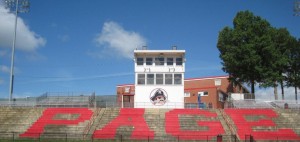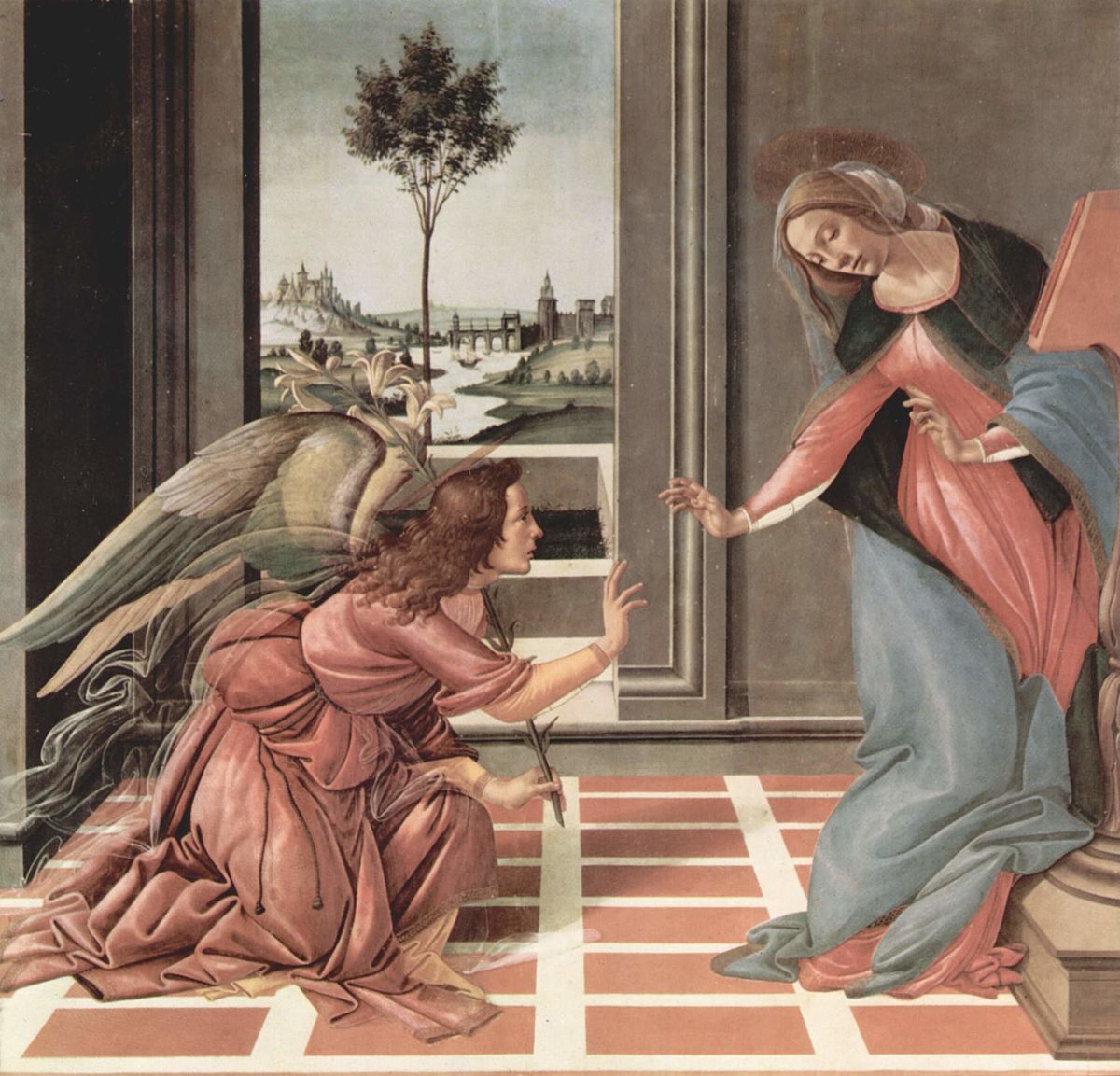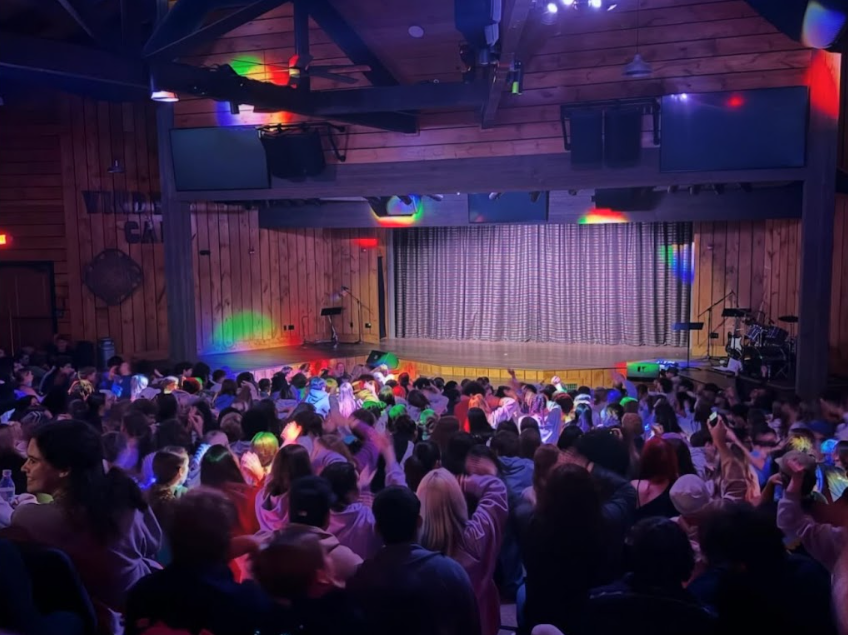“Quattrocento-the 15th century as a period of Italian art or architecture.”
The high renaissance, often considered the peak of the renaissance era, was marked a period of extraordinary cultural, artistic and intellectual achievement that spanned from roughly 1490 to 1530. This period saw the convergence of various cultural forces that completely transformed Europe. Especially Italy, which was a major hub of its innovation and artistic brilliance. It was characterized by its emphasis on classical ideals of balance, proportion and deeply influenced by the rediscovery of Greco-Roman art and its philosophy. The artists of the era didn’t merely replicate the classical styles; they pushed boundaries and explored new techniques that pushed the human expression to unprecedented heights.
At the heart, there were figures still known today like Leonardo da Vinci, Michelangelo, and Raphael, whose works are still considered amongst the greatest of all time. Da Vinci’s mona and the last supper exemplified the mastery he had within his works, some of them being anatomy, perspective, and even light in general. Michelangelo’s sculptures, like David, revealed a deep understanding of the human emotion that was set in stone. His works being displayed in the Sistine chapel are shown to have an awe-inspiring scale of ambition and technique for others who see it. Raphael, with his school of athens, brought together the intellectual spirit of the renaissance with his flawless compositional style in which creates a visual harmony that encapsulates the era perfectly.
The high renaissance was deeply intertwined with the flourishing of humanism, a philosophy that obviously emphasized the potential of human achievement and the importance of individual experience. Humanism not only shaped art, but it also influenced many in literature, philosophy, and even science! Especially people like erasmus and petrarch had laid the intellectual foundation that renaissance artists and scholars would build upon.
The high renaissance was also very political despite the views other people had on it. Italy was a fragmented region during this period, and it was divided into city-states such as Florence, Venice, and Rome who each fought over power and influence. The Medici family in Florence and the popes in Rome played significant roles in patronizing the arts, funding commissions that allowed the artists to thrive. Many during this period were much more open, allowing women to also take up arts. They still had constrictions, and weren’t equal to the men, but they still had some sort of freedom. They faced institutional freedom during the development, forcing them to take much simpler roles than their counterparts. Pope Julius II, for example, commissioned Michelangelo to paint the Sistine chapel, while other patrons like Lorenzo de Medici supported the simpler artists of that time like Botticelli. The Renaissance was also not only a period of artistry, but also scientific exploration, a separation from religion! Leonardo da Vinci, in addition to his skill of the arts, had a prolific interest within science.
He was an inventor, he was a scholar. His notebooks were filled with sketches of the human anatomy, mechanical designs, and even the early concepts of flight in which he found inspiration from the birds that flew above his study. He demonstrated how art and science were and could be intertwined during this period, proving many of the early studies wrong. The advancements in scientific understanding helped improve artistic techniques as well, it developed a linear perspective and attributed to Filippo Brunelleschi and later perfected by the artists we know today. They revolutionized how space and depth were depicted in art, which allowed for more realistic representations of the human form and the world. Because of that, it made art be viewed as dynamic and much more life-like. In the 1530’s, around the time of the Tudor era, the cultural climate that often fostered the high renaissance began to change.
The artistic focus shifted into something different, like mannerism. It emerged as a reaction of some sort which went against the classical ideals of balance and proportion. Political instability, the sack of Rome in 1527, and the growing influence of reformation contributed to some sense of uncertainty. While the influence of high renaissance artists continued to be felt. New ideas began to take hold that will change the entire course of European art and its culture, seeping into western takes as it gained popularity in other places









